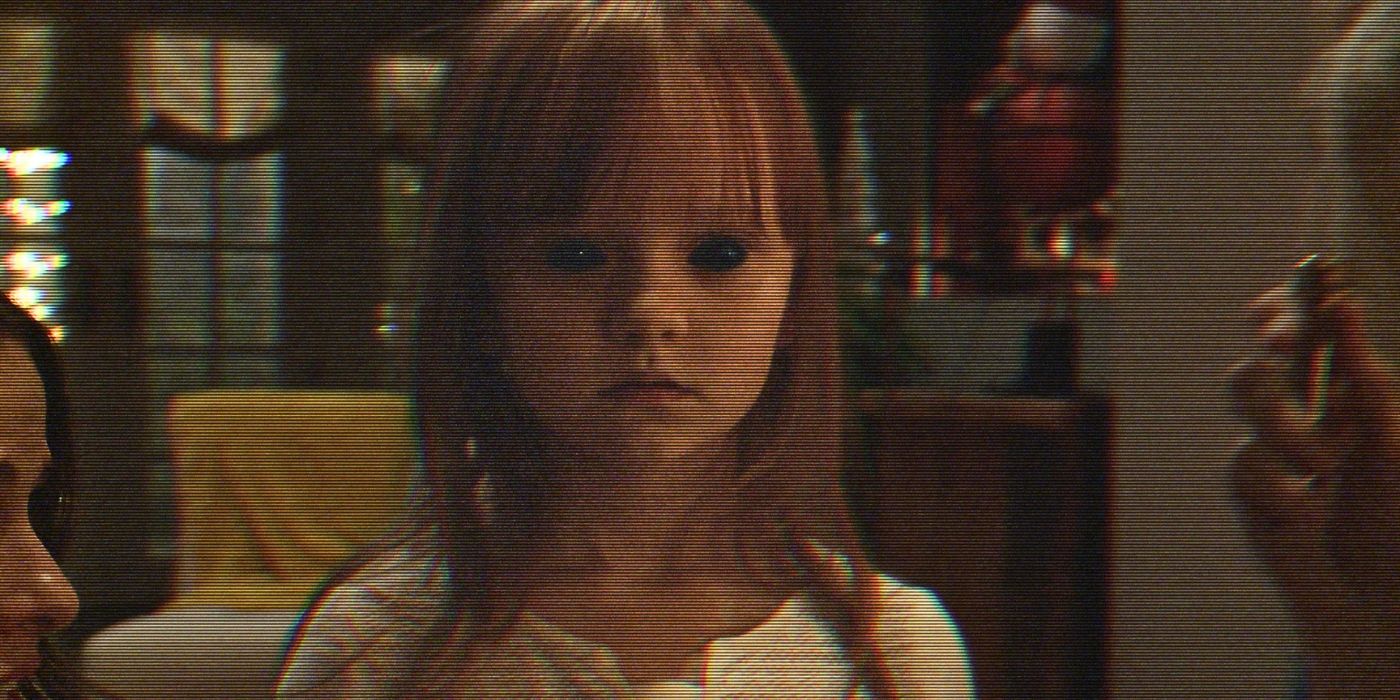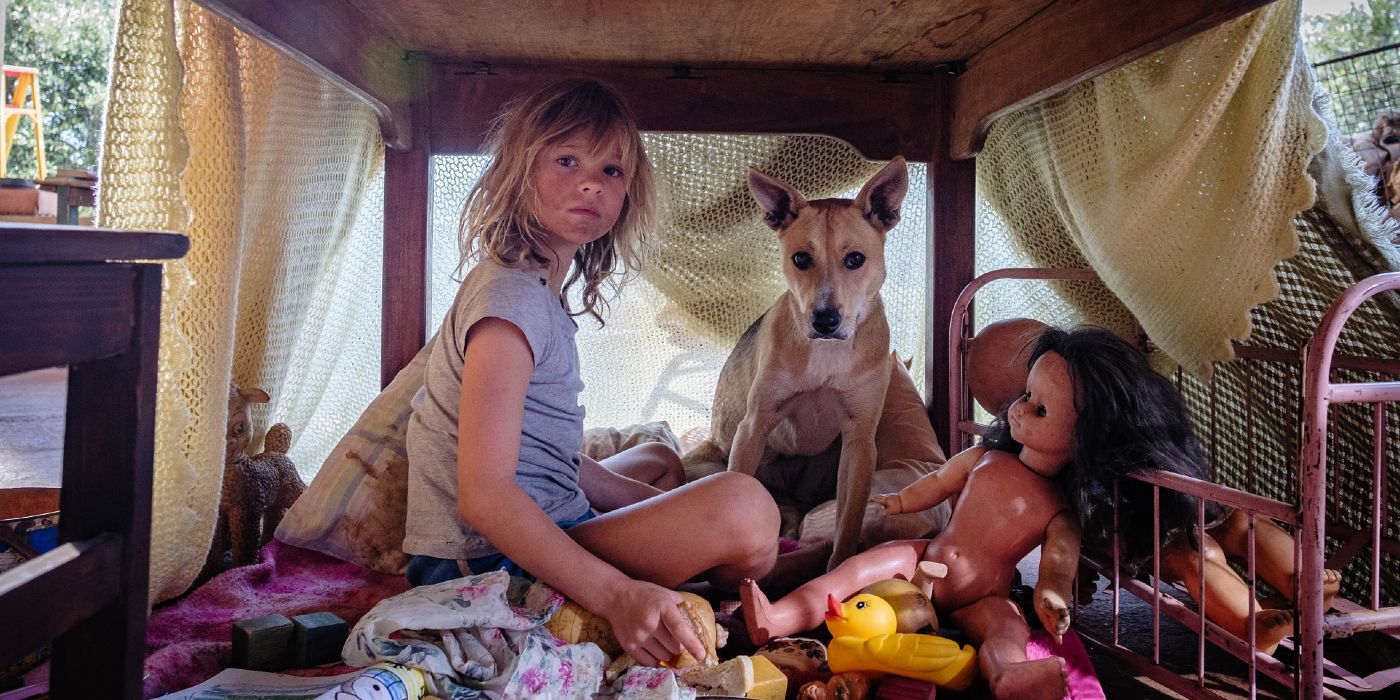Mschf’s $100,000 baby sculpture will be sold by the slice
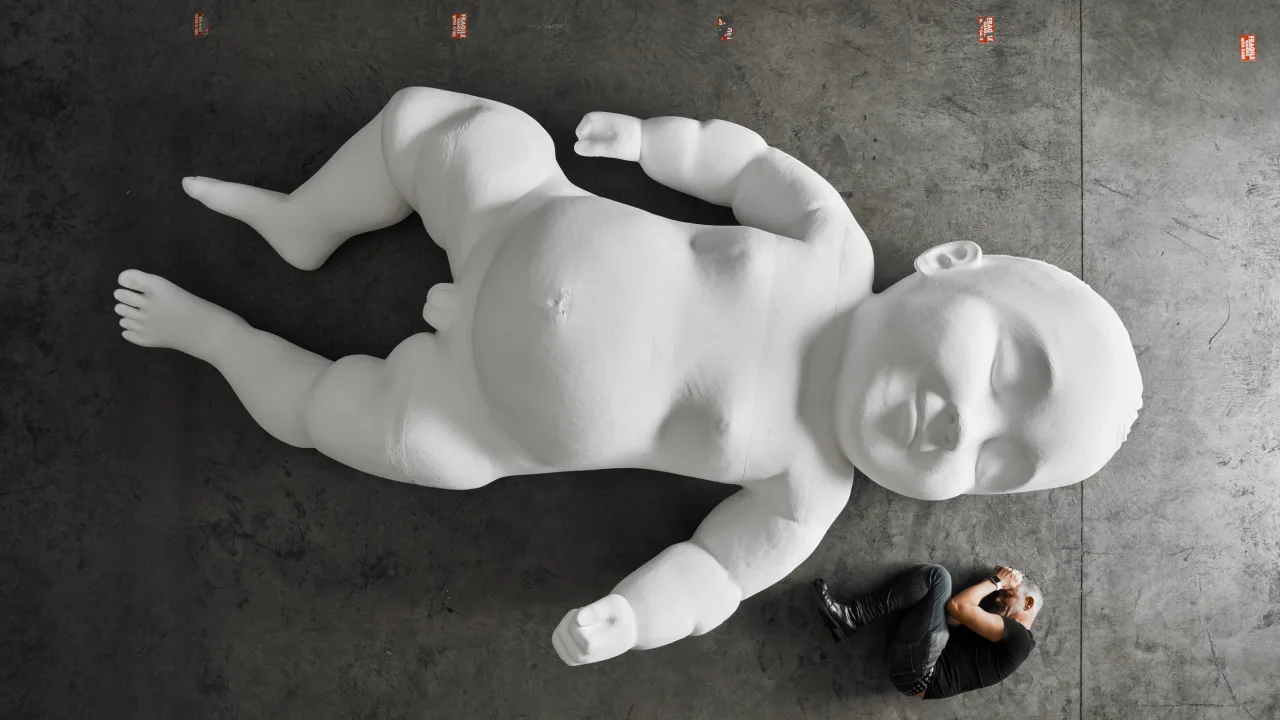
In 2020, the art collective Mschf cut up a $30,0000 Damien Hirst print into pieces. Hirst’s 88 colorful dots were individually sold for $480, as part of Mschf Severed Spots project that explored themes of ownership and exclusivity in the art world.
Now, the Brooklyn-based group is looking to chop into a new piece, but this time it’s their own foam sculpture of a giant baby.
Based on the biblical story of King Solomon cutting a baby in half for two grieving mothers, King Solomon’s Baby will quite literally be cut into pieces, with the number of deli-like slices being determined by the amount of online buyers. Ultimately, it’s a new approach to how large-scale sculptures can be observed and obtained.
Anywhere from one to 1,000 people can purchase a randomized piece of the baby, with each buyer bringing the price down as the number of baby slices go up. The first person to put in their card to buy a piece of the sculpture could receive the entirety of the 15 foot-long baby for $100,000, or pay as little as $100 for a sliver of its toe, or somewhere in between—all with no control of the end result.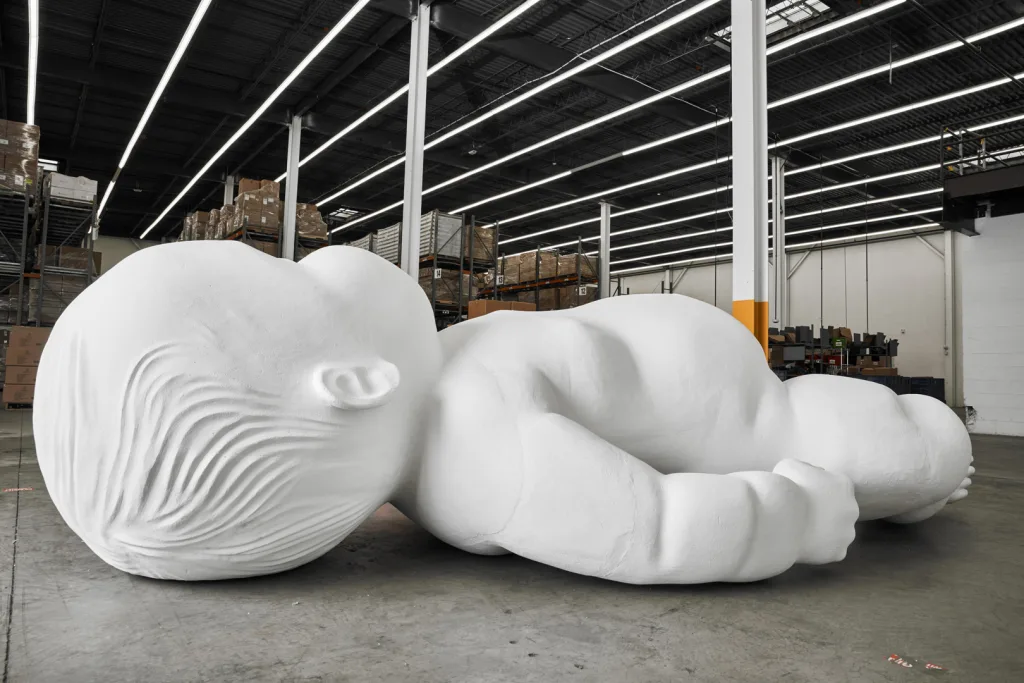
Kevin Wiesner, chief creative officer at Mschf, says he hopes the piece gets divided into 1,000 slices, as it will complete the “structural transformation” of the baby and allow for more people to get a piece of it.
“Part of the problem with artwork and for us is that whenever we want to make a singular object, we realize that the way that you can interact with a piece like that is very limited,” Wiesner says. “It doesn’t translate particularly well to a mass audience and people on their phones. This [Soloman’s baby] is a mechanism that at least scales the experience—[possibly] a thousand times. All of those people then become participants in the overall life trajectory of what this sculpture is.”
The baby isn’t meant to have one singular meaning, but rather it’s supposed to open up discussion for what ownership and division can mean to the individual viewer and buyer. As the piece gets cut, it becomes less of a three-dimensional sculpture, and more of a two-dimensional wall ornament meant for “public consumption.”
According to the group, this isn’t a new idea, but rather a coexisting example of how we visually interpret the world around us. 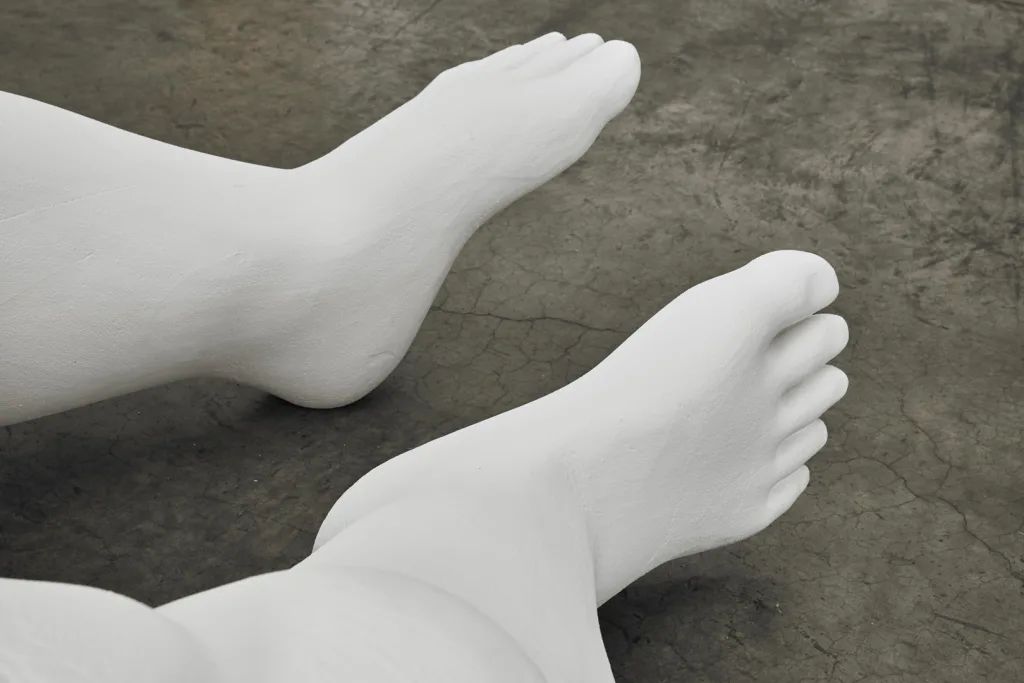
“You don’t you don’t know what a thing means until a bunch of people have interacted with it,” Wiesner said. “I mean, you see it really in on-the-nose stuff, like the Cybertruck. We didn’t necessarily know what that car was going to mean when it was first released, and now it has a very particular cultural meaning that is entirely created by its audience.”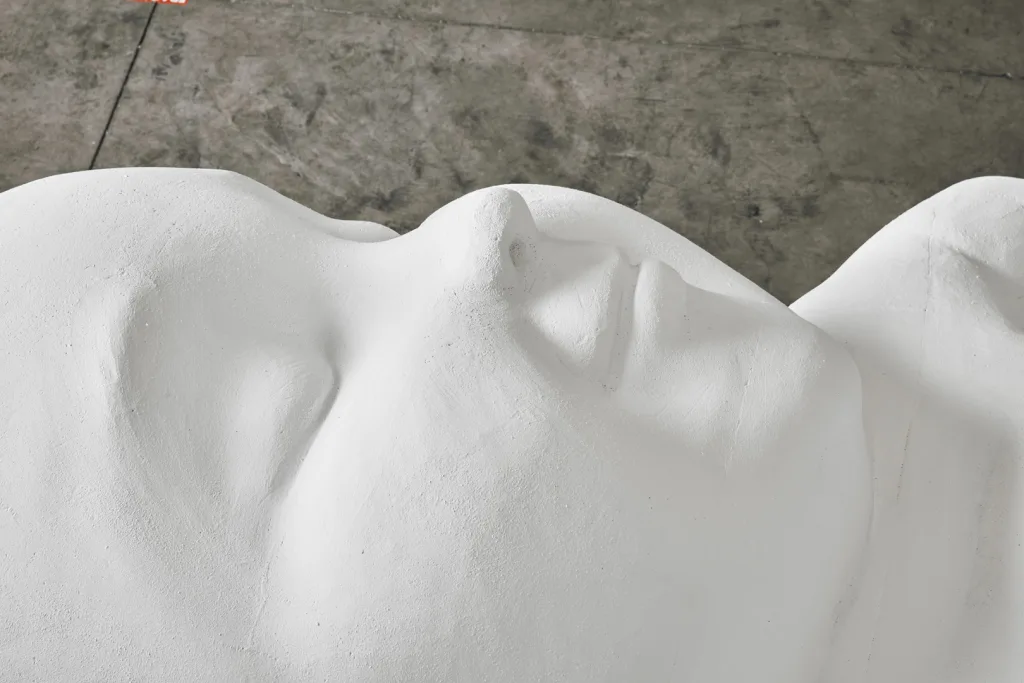
The experimental piece will be displayed at Pioneer Works, a nonprofit arts and cultural center in Brooklyn, New York on July 10, with a ceremonial “slicing” of the baby down its middle. Following the sale period, the sculpture will be performatively cut into its sold pieces, which will be viewable in-person and via livestream.
The final slicings’ of King Solomon’s Baby will remain on view at Pioneer Works through their Second Sunday’s event, before each piece is shipped off to its new owner.
What's Your Reaction?
 Like
0
Like
0
 Dislike
0
Dislike
0
 Love
0
Love
0
 Funny
0
Funny
0
 Angry
0
Angry
0
 Sad
0
Sad
0
 Wow
0
Wow
0


















































